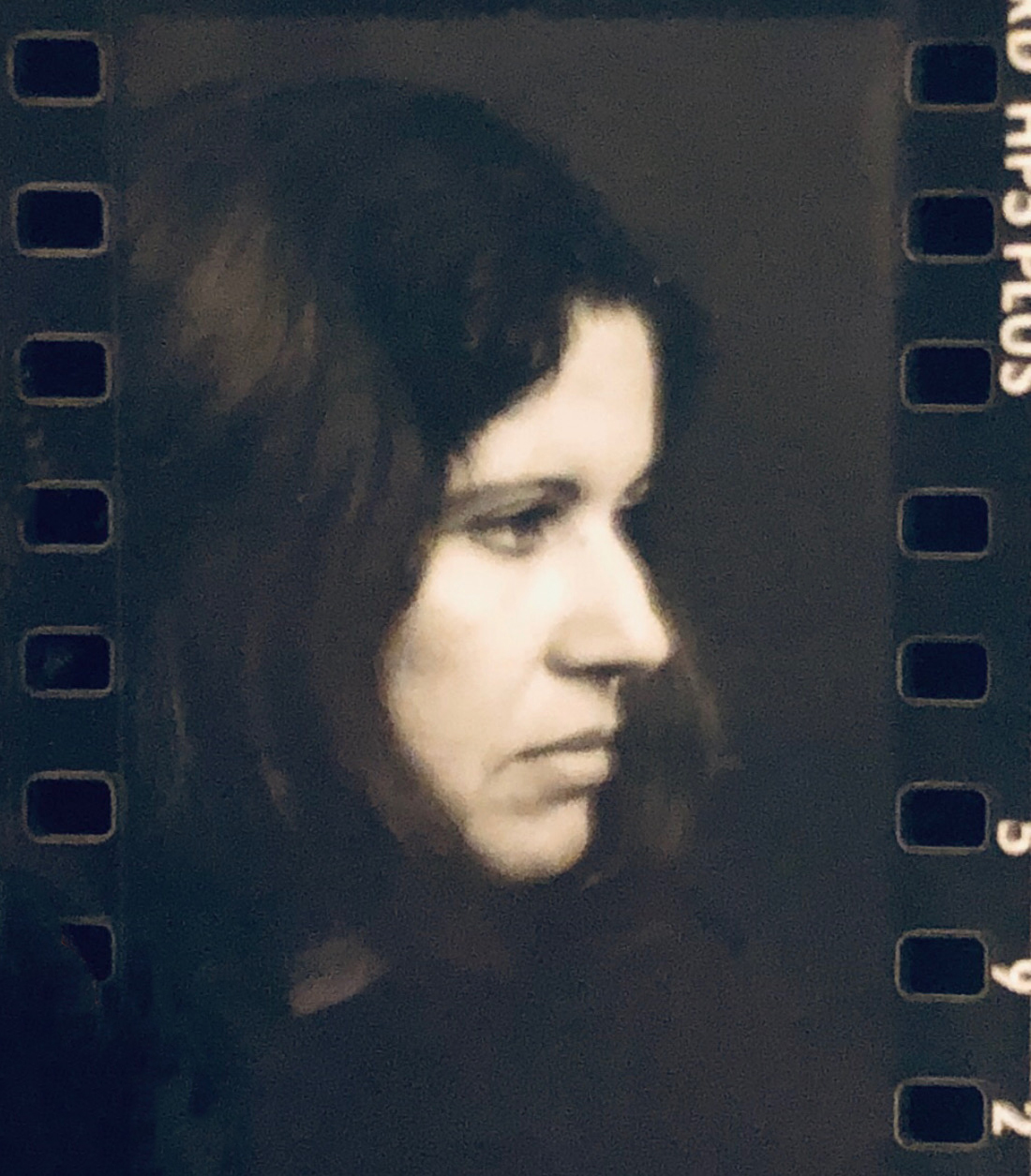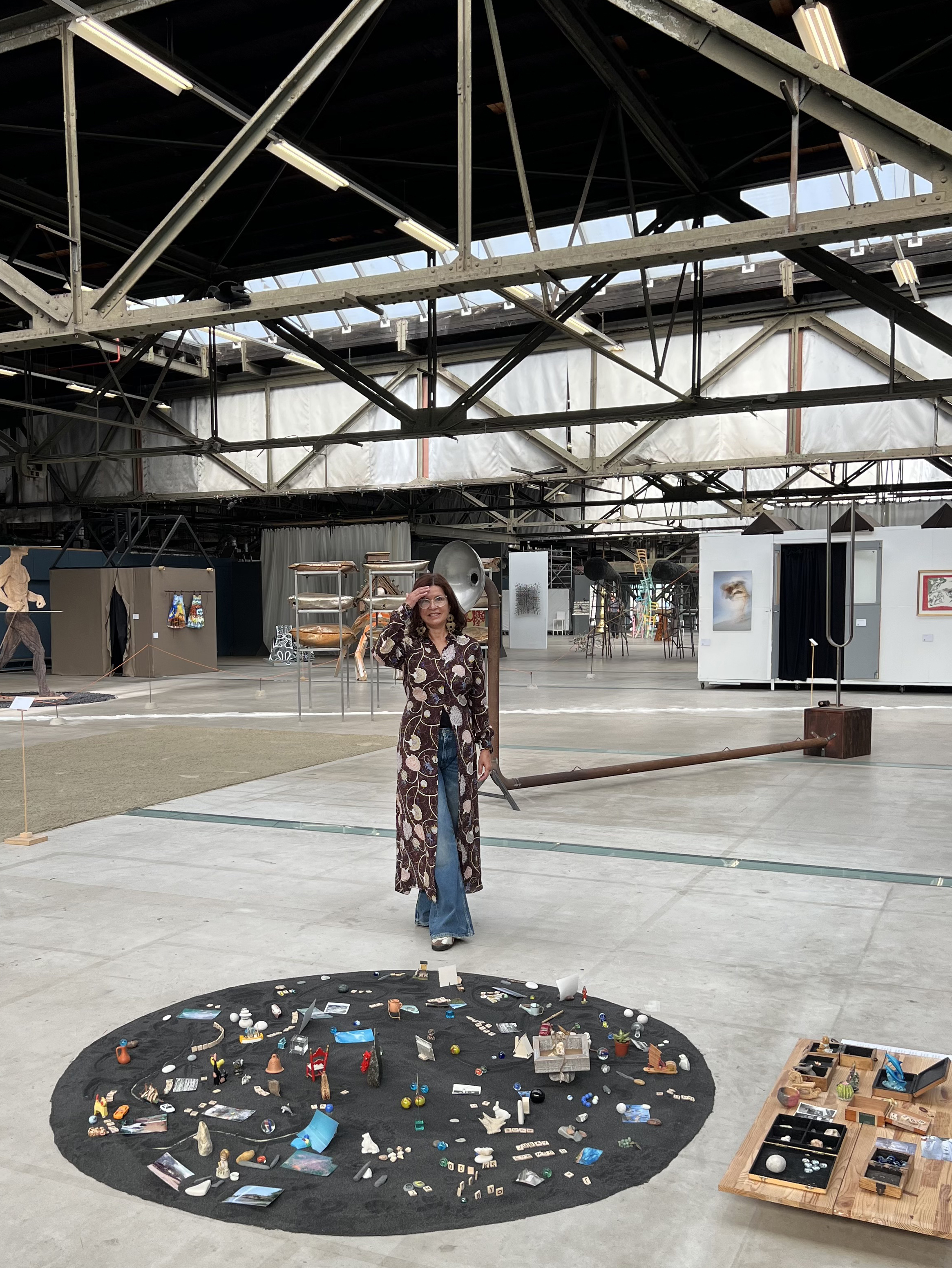BIOGRAPHY
Neyde Lantyer is a Brazilian-born visual artist who currently lives in the Netherlands. Her works employ a variety of media such as video-performances, photography, installations, sculpture and narrative as means to reflect on memory, migration, women, politics, and society. She has participated in a number of exhibitions, predominantely in the Netherlands and Brazil. She studied at the School of Fine Arts of the Federal University of Bahia, Brazil, and received a Master's degree in Fine Arts/Intermedia from the Faculty of Fine Arts of the University of Porto, Portugal. Furthermore, she learned photo-restoration, printing, video and cinema in several institutions in the Netherlands, and attended the programme “Histories and Theories of Photography” at the University of Leiden. She has also been mentored by Dutch scholars and curators through organizations such as Kunstenaar & Co and Cultuur & Onderneming.
Lantyer began her artistic career in the 1990s, in Brazil, where she engaged in activism and experimentation while holding her first exhibitions. In the Netherlands, she worked in photographic conservation and restoration with the renowned photo-conservator Michiel Kort from 2002 to 2012. The experience was a turning-point for her long-term investigation into memory and archive, which underlines her artistic practice. She's been involved in numerous artistic endeavors and associations in the Netherlands, being a member of the Amsterdam collective KunstRUIM and, more recently, of the NDSM Treehouse Studios. She has been working and exhibiting in Amsterdam Noord art venues as a new resident of the city area.
As an independent art researcher, she developed the project 'Stories we hold,' an investigation into the disappearance of female identities from the official archives related to historical events that occurred in her home region, as well as from her own family records. Her master essay “The Mountain as a Metaphor: exclusion, anonymity and invisibility of the female migrant artist (2021)” is a comprehensive investigation into the position of displaced female artists in Europe. Interested in challenging the gender inequality in the arts, Lantyer has also been curating art projects focused on female artists. Recently, she organized the exhibition “Casa de Mulheres (Women house)” at the Museu de Arte Moderna da Bahia MAM-BA and the seminary “Female Protagonisms in Art, Architecture and Design” at the Faculty of Architecture of the Federal University of Bahia, both in collaboration with scholar and curator Alejandra Hernandez Muñoz, in Salvador da Bahia, Brazil.
Lantyer began her artistic career in the 1990s, in Brazil, where she engaged in activism and experimentation while holding her first exhibitions. In the Netherlands, she worked in photographic conservation and restoration with the renowned photo-conservator Michiel Kort from 2002 to 2012. The experience was a turning-point for her long-term investigation into memory and archive, which underlines her artistic practice. She's been involved in numerous artistic endeavors and associations in the Netherlands, being a member of the Amsterdam collective KunstRUIM and, more recently, of the NDSM Treehouse Studios. She has been working and exhibiting in Amsterdam Noord art venues as a new resident of the city area.
As an independent art researcher, she developed the project 'Stories we hold,' an investigation into the disappearance of female identities from the official archives related to historical events that occurred in her home region, as well as from her own family records. Her master essay “The Mountain as a Metaphor: exclusion, anonymity and invisibility of the female migrant artist (2021)” is a comprehensive investigation into the position of displaced female artists in Europe. Interested in challenging the gender inequality in the arts, Lantyer has also been curating art projects focused on female artists. Recently, she organized the exhibition “Casa de Mulheres (Women house)” at the Museu de Arte Moderna da Bahia MAM-BA and the seminary “Female Protagonisms in Art, Architecture and Design” at the Faculty of Architecture of the Federal University of Bahia, both in collaboration with scholar and curator Alejandra Hernandez Muñoz, in Salvador da Bahia, Brazil.


